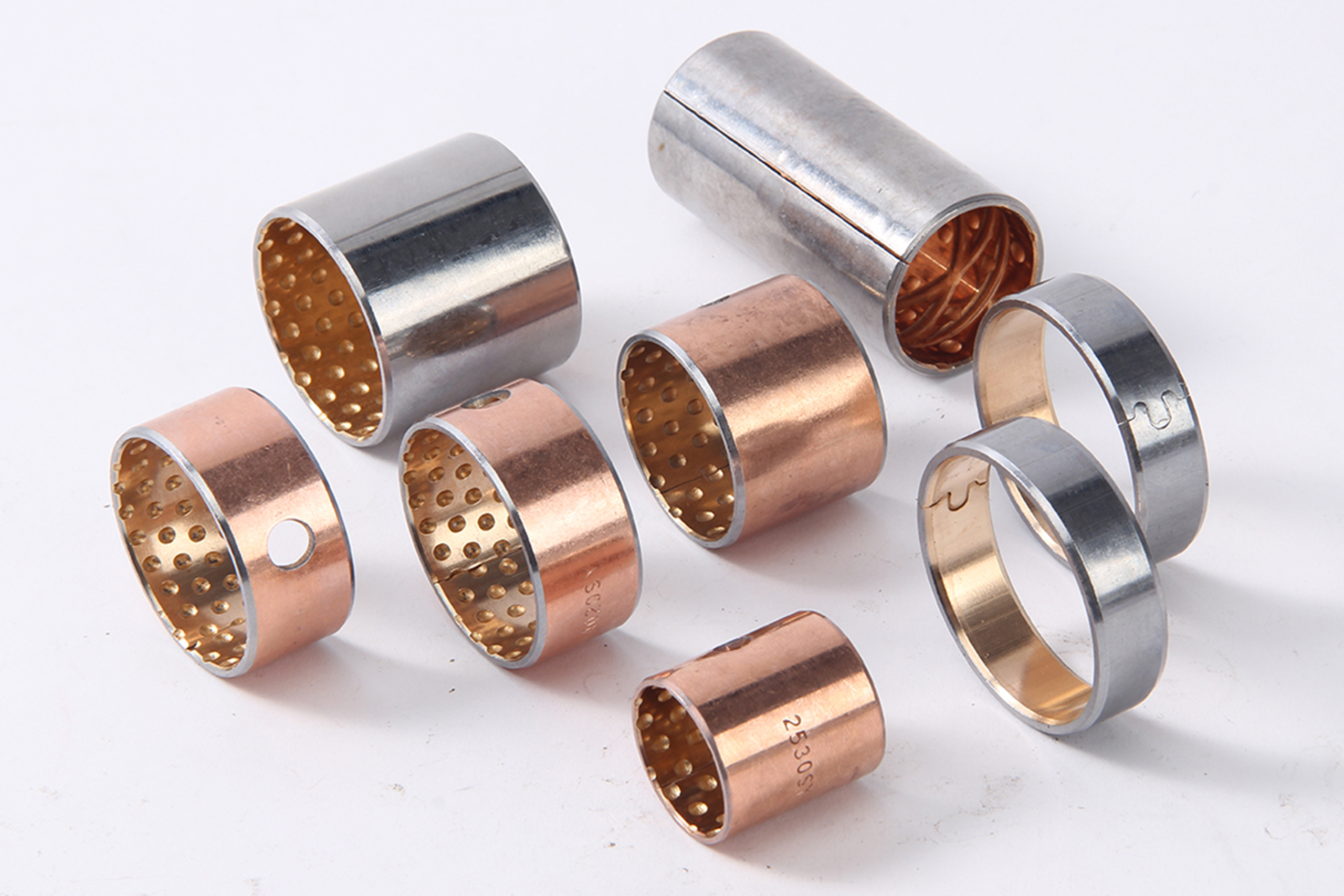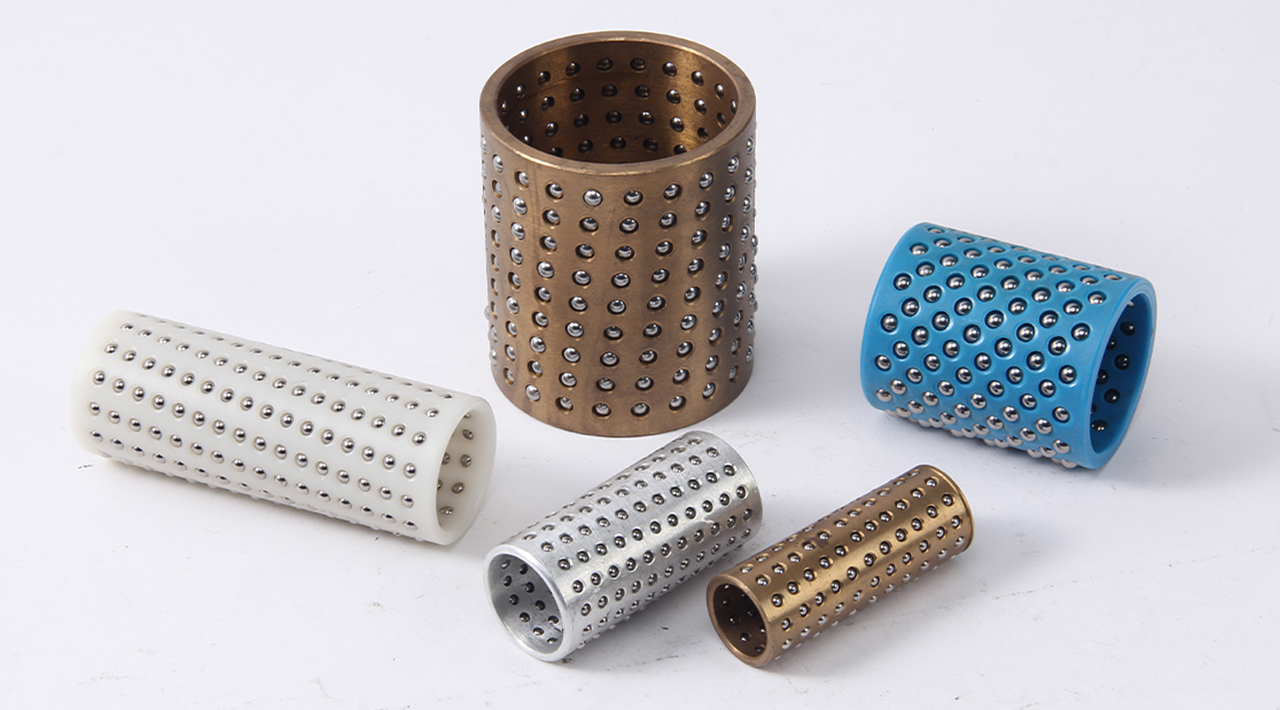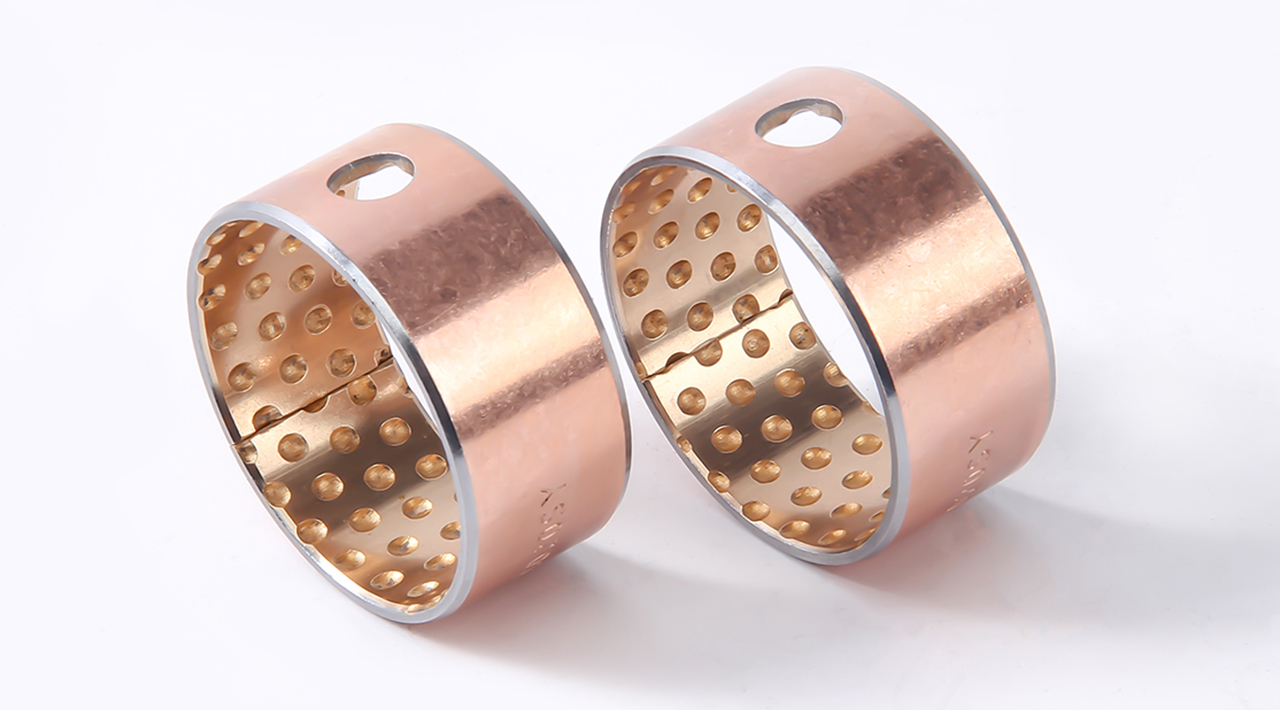2. Is there any dust or mold sand attached to the surface of the bearing shell.
3. Although it is a minor collision or protrusion, it should be removed with an oil grinding stone or fine sandpaper if necessary.
To avoid collision damage during installation, a small amount of lubricating oil should be applied to the surface of the shaft and shaft housing. When installing the bearing on the axis, force must be applied on the inner ring, and when installing the bearing on the bearing housing, force must be applied on the outer ring. When applying force to the bearing, be sure to keep the force vertical and even, as any deviation may cause damage to the bearing. For this reason, it is absolutely advisable to avoid hitting too hard.
5. The retainer and sealing plate of oil-free bearings must not be subjected to force. The installation method of using a hammer and sleeve is a commonly used method, as it can damage the bearings, so it must not be directly struck. Insert the sleeve in the middle and strike it in. The hammer should be lightly tapped. In terms of mechanical construction, when both the inner and outer rings are tightly fitted, a cushion plate should be used to ensure that the force can be applied to both the inner and outer rings simultaneously to press them in. If only force is applied to the inner ring, the force will inevitably pass through the ball and press into the outer ring, resulting in scratches on the track surface. When installing bearings with large margins on the shaft, the method of heating the bearings to 80-90 degrees in clean oil to expand the inner diameter for installation is widely used.
6. The hardness of the bearing may decrease due to overheating, so it must not exceed 100 degrees. At this time, the bearing must be suspended with steel wire or placed on a metal wire mesh or support plate, and should not be placed at the bottom of the groove. When the bearing reaches the desired temperature (below 100 degrees), it should be immediately removed from the groove and quickly fitted onto the shaft. The bearing will contract as the temperature decreases, and sometimes there will be a gap between the shaft shoulder and the bearing end face. Therefore, tools need to be used to press the bearing in the direction of the shaft.
Installation instructions for oil-free bearings


